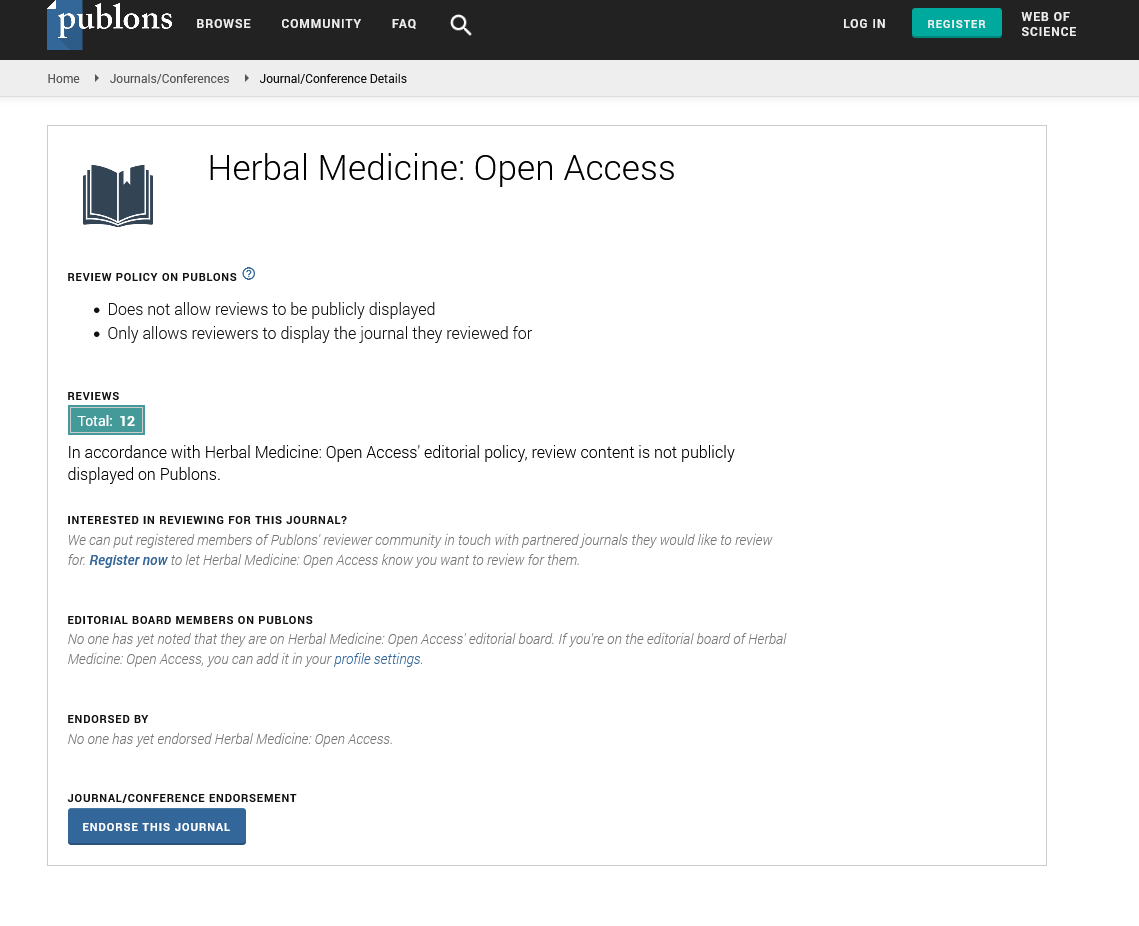Abstract
Characterization and Quantification of Phenolic Compounds from Leaf of Agarista salicifolia
Agarista salicifolia is the wild tree and has been used as important medicinal plants in South Ethiopia since a long time ago. The aim of this work was to carry out a chemical analysis focusing on secondary metabolites, particularly phenolic compounds, which have several roles in the plant physiological processes and have demonstrated significant capacity in the prevention of human health diseases. Phenolic acids, flavonols, flavan-3-ols, and dihydrochalcones were characterized and quantified using ultra high-performance liquid chromatography coupled with diode array and electrospray ionization mass spectrometric detection (LC-MS), FTIR, and UV-Visible spectroscopy techniques. After extraction with ethanol, compounds were characterized and quantified based on retention time, molecular ions, and the comparison with reference compounds. Six flavan-3-ols, four phenolic acids, five flavonols, and two dihydrochalcones were identified and quantified in the extract. Chlorogenic (279.23 ± 28.75 µg/g of dried leaf) acid, Quercetin-3-O- rhaminoside (97.24 ± 4.07 µg/g of dried leaf), and epicatechin (304. 57 ± 20.88 µg/g of dried leaf), were the most abundant phenolic acid, flavonol, and flavanols, respectively. This is the first study on the phenolic composition of A. salicifolia, highlighting the importance of these natural products as a source of medicinal applications in pharmaceutical industries by herbal drug manufacturers.
Author(s):
Haile Hasana and Engida Desalegn
Abstract | Full-Text | PDF
Share this

Google scholar citation report
Citations : 271
Herbal Medicine: Open Access received 271 citations as per google scholar report
Herbal Medicine: Open Access peer review process verified at publons
Abstracted/Indexed in
- Google Scholar
- JournalTOCs
- China National Knowledge Infrastructure (CNKI)
- Directory of Research Journal Indexing (DRJI)
- WorldCat
- Publons
- Secret Search Engine Labs
- Zenodo
Open Access Journals
- Aquaculture & Veterinary Science
- Chemistry & Chemical Sciences
- Clinical Sciences
- Engineering
- General Science
- Genetics & Molecular Biology
- Health Care & Nursing
- Immunology & Microbiology
- Materials Science
- Mathematics & Physics
- Medical Sciences
- Neurology & Psychiatry
- Oncology & Cancer Science
- Pharmaceutical Sciences


